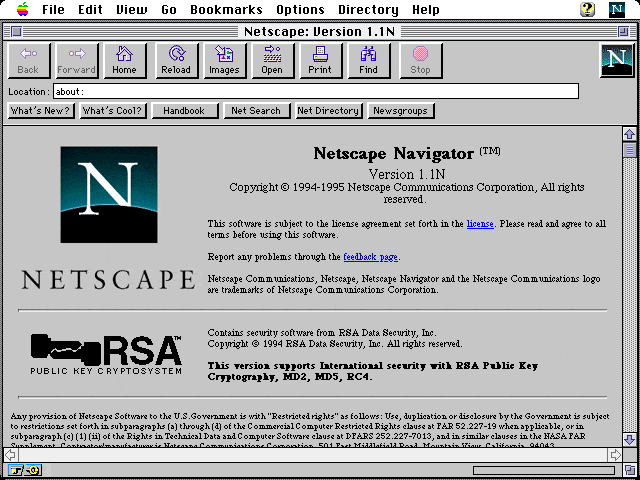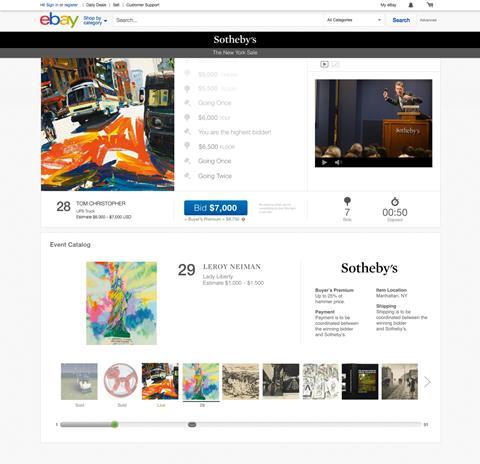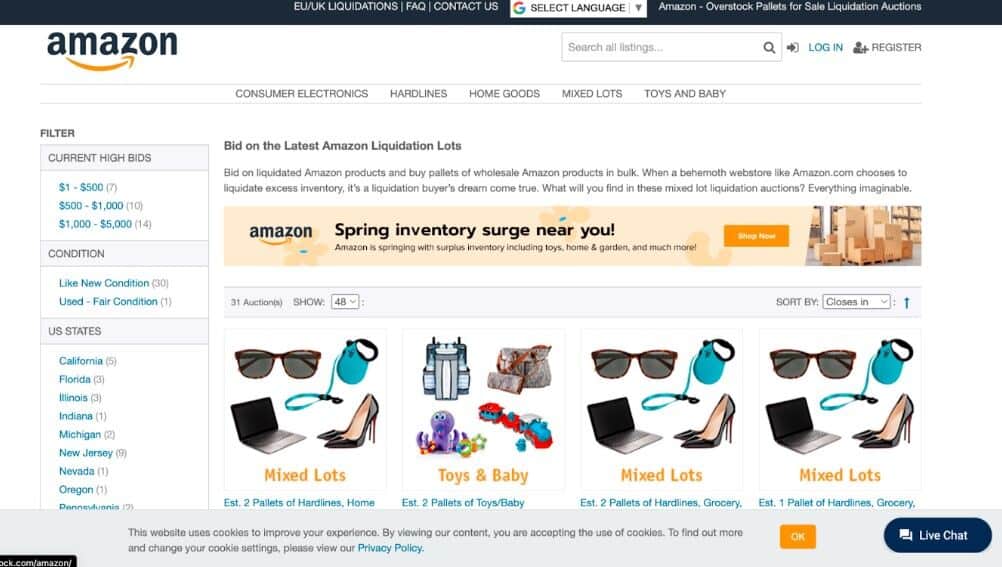Welcome to the era where online auctions first took off, the Web 1.0 era. In this article, we delve into the beginnings of online auctioning and how it revolutionized the way people buy and sell goods.
Back in the day, before the days of responsive websites and user-friendly interfaces, online auctions were a whole different ballgame. But that didn’t stop enthusiasts and entrepreneurs from diving into this new and exciting world.
During the Web 1.0 era, online auctions opened a whole new realm of possibilities, connecting buyers and sellers from around the globe.

Table of Contents
- Introduction
- Evolution of Auctions in the Web 1.0 Era
- Transition from physical to online auctions
- Emergence of online auction platforms
- Advantages of Online Auctions in the Web 1.0 Era
- Increased accessibility and global reach
- Enhanced transparency and efficiency
- Greater convenience and flexibility
- Popular Online Auction Platforms in the Web 1.0 Era
- eBay and its impact
- Amazon Auctions and niche platforms
- Challenges Faced by Online Auctions in the Web 1.0 Era
- Trust and security concerns
- Technological limitations and logistics issues
- Conclusion
Evolution of auctions in the web 1.0 era

The dawn of the internet age in the 1990s ushered in a new era for auctions. As the World Wide Web gained traction, entrepreneurs and innovators saw an opportunity to revolutionize the traditional auction model. The web 1.0 era, characterized by static websites and limited interactivity, paved the way for the emergence of online auctions.
Before the internet, auctions were conducted in physical settings, such as auction houses and galleries. Buyers and sellers would physically gather in a designated location, where the auctioneer would facilitate the bidding process. This model had its limitations, as it restricted the pool of potential buyers and sellers to those who could physically attend the auction.
The advent of the web 1.0 era changed all that. Online auction platforms, such as eBay, which launched in 1995, allowed buyers and sellers to connect and transact remotely. This opened a whole new world of possibilities, as people from all corners of the globe could now participate in the auction process without the constraints of geographic location.
Advantages of online auctions in the web 1.0 era

One of the primary advantages of online auctions during the web 1.0 era was the increased accessibility and reach they provided. By breaking down geographic barriers, online auction platforms allowed buyers and sellers to connect and transact on a global scale. This democratization of the auction process opened new opportunities for individuals and businesses to buy and sell a wide range of goods and services.
Another key advantage of online auctions in the web 1.0 era was the increased transparency and efficiency they brought to the process. Unlike traditional auctions, where information was often limited, and the bidding process could be opaque, online auctions provided a more transparent and streamlined experience. Buyers can easily access detailed product information, track the bidding in real-time, and make informed decisions about their purchases.
Furthermore, online auctions offered greater convenience and flexibility for both buyers and sellers. Participants could engage in the auction process at their own pace and from the comfort of their own homes or offices, without the need to physically travel to an auction site. This made the process more accessible and appealing to a wider audience, as it eliminated the time and cost associated with traditional auctions.
Popular online auction platforms in the web 1.0 era
During the web 1.0 era, several online auction platforms emerged as market leaders, each with their own unique offerings and target audience. One of the most well-known and influential platforms was eBay, which launched in 1995 and quickly became a global phenomenon.
eBay’s success was largely due to its user-friendly interface, extensive product listings, and robust community of buyers and sellers. The platform’s auction-style format, combined with its ability to connect individuals from around the world, made it an attractive destination for those looking to buy and sell a wide range of goods, from collectibles to electronics.

Another prominent online auction platform during the web 1.0 era was Amazon Auctions, which was launched in 1999 as a complement to Amazon’s growing e-commerce business. While not as dominant as eBay, Amazon Auctions leveraged the company’s existing customer base and logistics infrastructure to provide a competitive alternative for online auctions.
In addition to these major players, the web 1.0 era also saw the emergence of niche-focused auction platforms catering to specific communities and interests. For example, Sotheby’s and Christie’s, two renowned auction houses, established online auction platforms to extend their reach and tap into the growing demand for digital auctions.
Challenges faced by online auctions in the web 1.0 era

While online auctions in the web 1.0 era offered numerous advantages, they also faced a range of challenges that had to be overcome. One of the primary concerns was the issue of trust and security. In the early days of the internet, many people were hesitant to engage in online transactions, fearing the risk of fraud or unauthorized access to sensitive personal and financial information. Addressing these trust and security concerns was a critical priority for online auction platforms.
Another challenge faced by online auctions in the web 1.0 era was the limited technological capabilities of the time. The web 1.0 era was characterized by static websites, slow internet speeds, and a lack of sophisticated user interfaces. This posed significant challenges for the design and functionality of online auction platforms, which had to be optimized for the technical limitations of the era. Buyers and sellers also had to navigate the complexities of shipping, logistics, and payment processing, which were often more challenging in the web 1.0 era. The lack of integrated shipping and payment solutions, as well as the challenges of cross-border transactions, required auction participants to develop their own strategies and workarounds to ensure a smooth and successful auction experience.
Conclusion
The Web 1.0 era marked a significant turning point in the auctioning landscape, introducing online platforms that transformed traditional practices. With the launch of sites like eBay in 1995, online auctions became accessible to a global audience, breaking geographical barriers and allowing users to engage in bidding from the comfort of their homes. This era emphasized transparency, as detailed product information and real-time bidding enhanced the buying experience. However, challenges such as trust issues and technological limitations persisted. Overall, Web 1.0 laid the groundwork for the evolution of online auctions, paving the way for future advancements in e-commerce and digital transactions.

